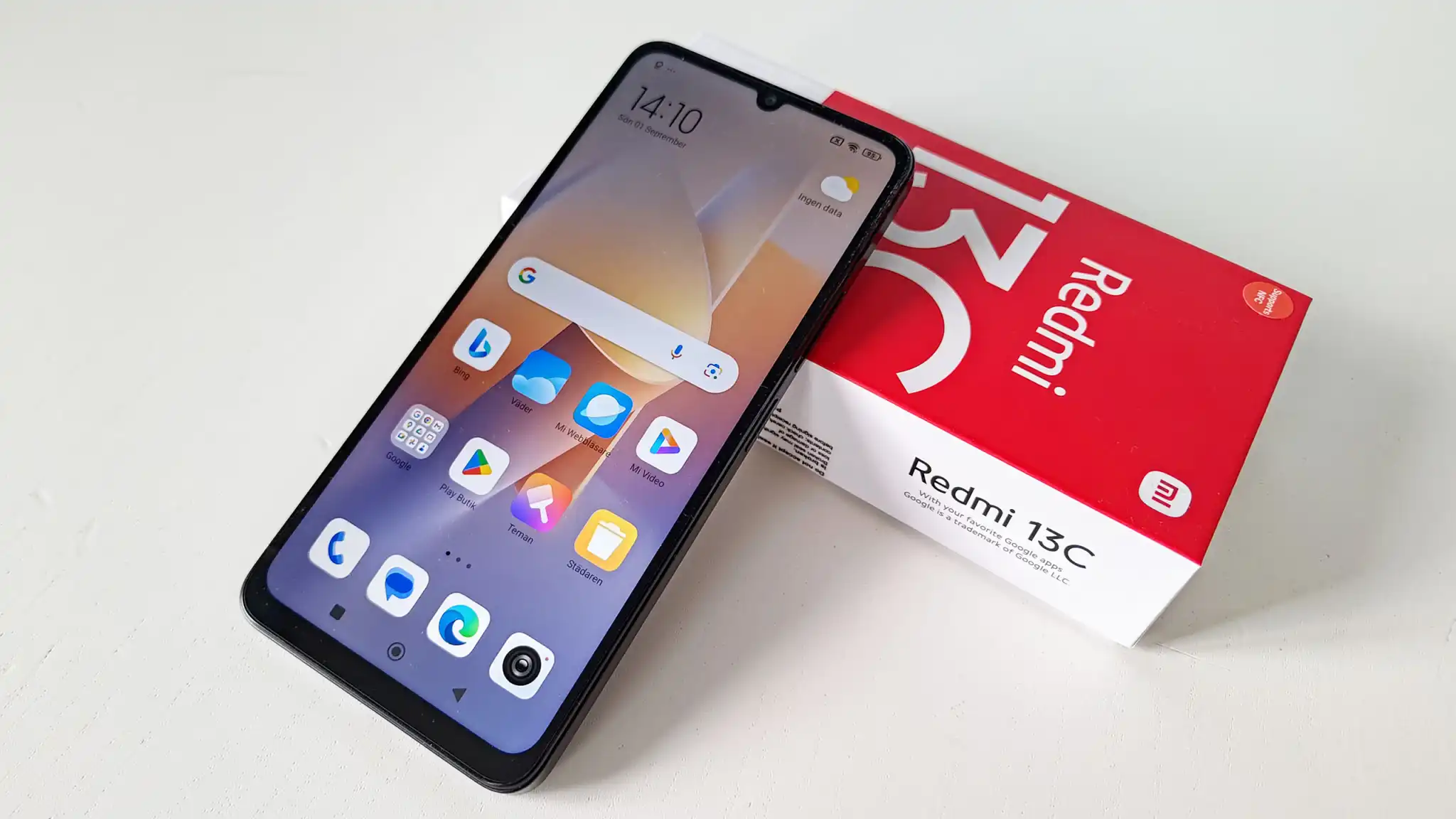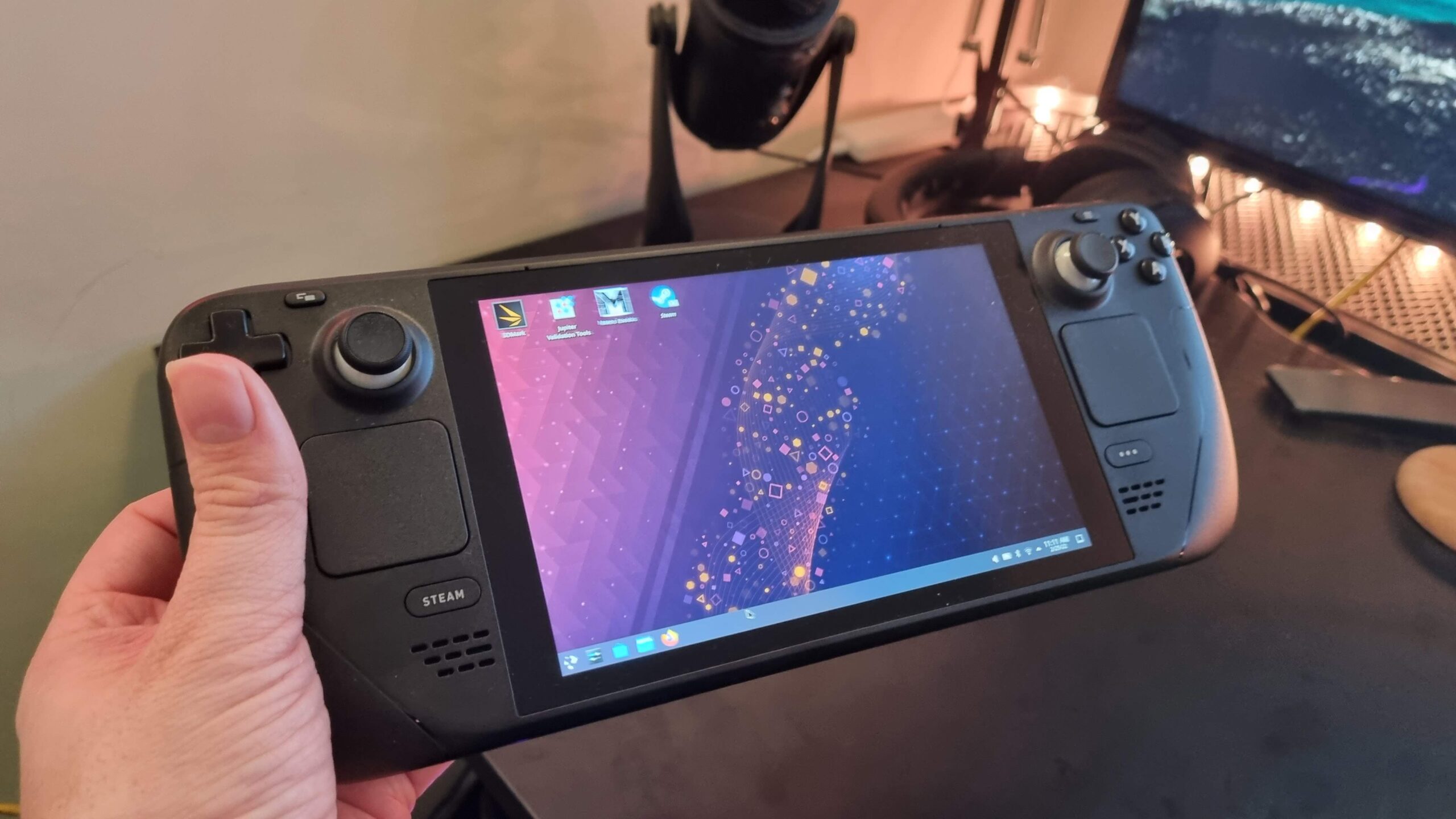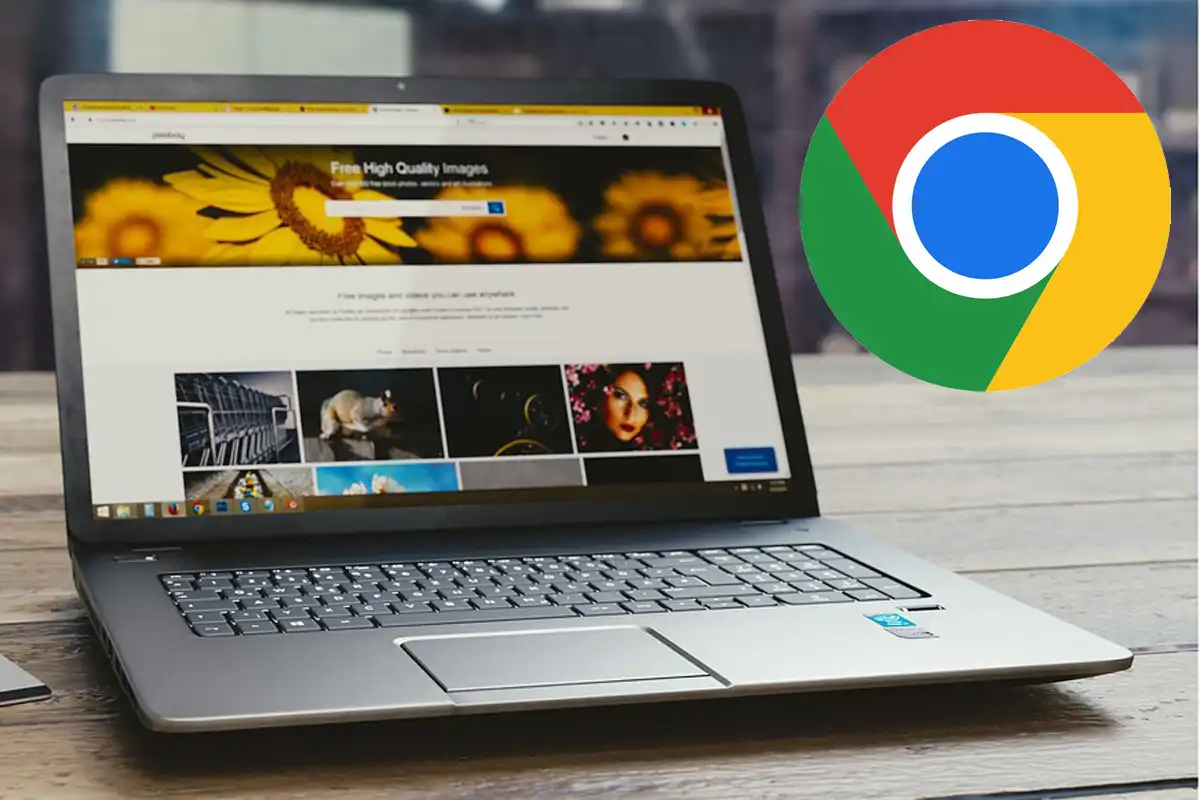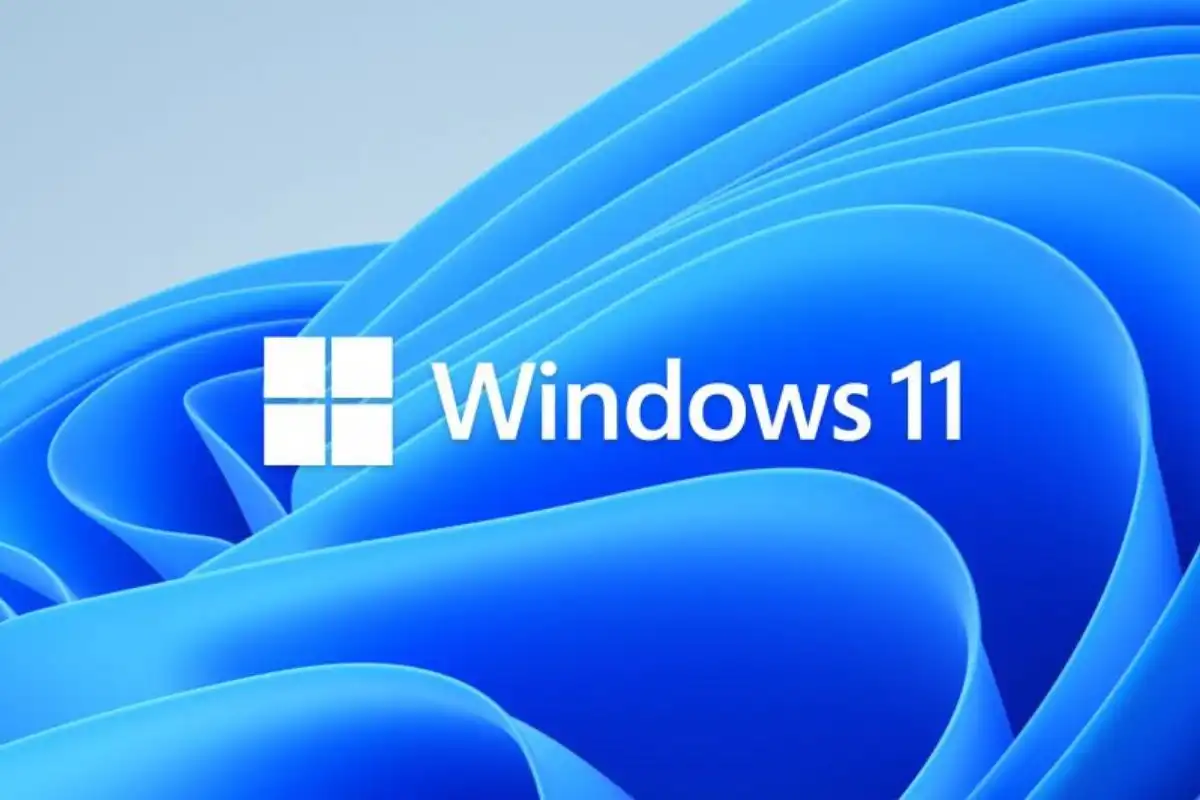For the most part, Xiaomi’s Redmi range of slightly cheaper phones makes a good impression. But for the Redmi 13C, it’s a lot more mixed.
It’s a really cheap model, costing just £129 at full price, making it one of the most affordable phones I’ve tested all year. There’s also a more high-end Redmi 13 5G in some markets, but it’s not available in the UK.
Here are my thoughts after testing the phone.
Lacking power, but a big screen
if there’s one thing the Redmi 13C lacks, it’s computing power. Launching apps, scrolling through web pages and switching between active apps is very slow at times.
Above all, the graphics performance is weak, so much so that it even seems to affect some 2D applications, where animations and refresh rates suffer. So even though you only get a 720p screen to run, it’s not something you want to play games on.
The screen is large in dimensions, a whopping 6.74 inches, so there’s a hint of pixelation when I look at it up close. The screen is only moderately bright, has a moderate colour gamut and there are clear shifts in white point and contrast at small deviations in viewing angle.
The 90 Hz refresh rate is welcome, though. It gives a better flow to the image – when the performance keeps up, that is.
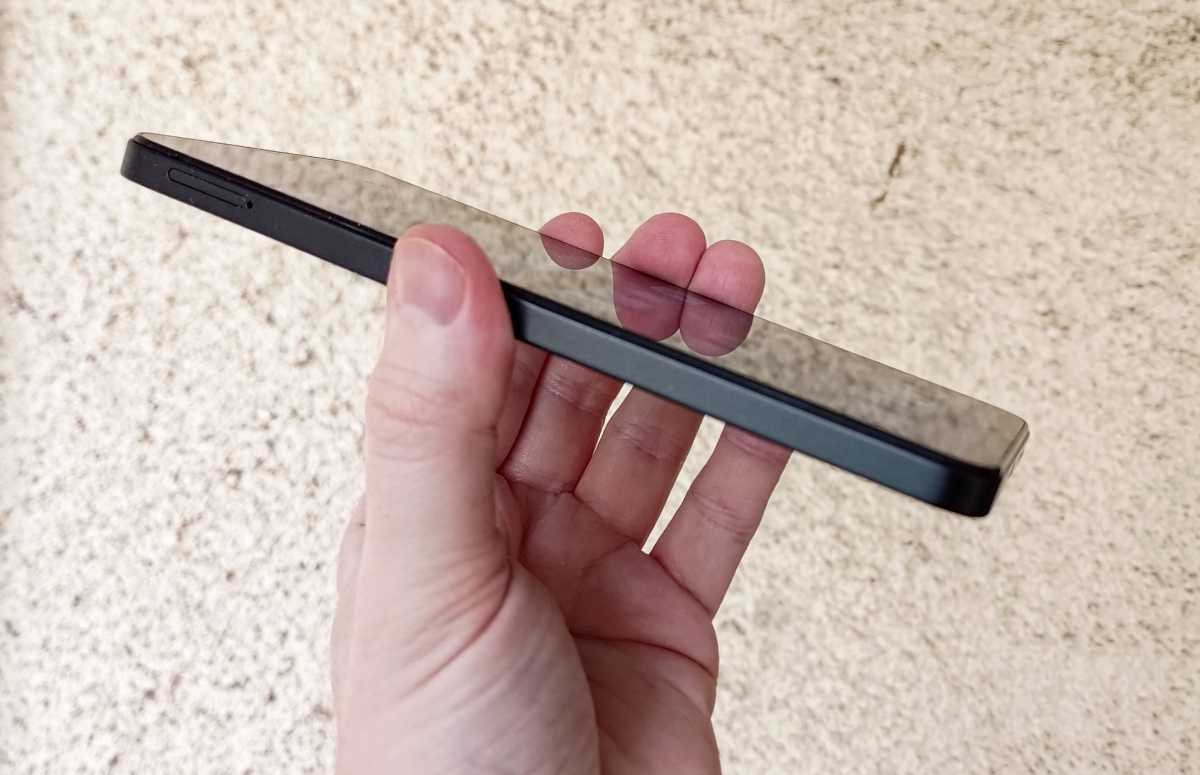
With wide bezels, the dimensions of the mobile phone aren’t ideal, either.
A well-built, flat plastic frame matt plastic on the back give a solid impression, but it is both an angular and relatively heavy handset, which means that comfort suffers. Most people will need to switch to a two-handed grip to handle screen navigation.
In addition to the all-black model I tested, the Redmi 13C is also available in navy blue or clover green finishes. The black one I tested is anything but ugly, either.
That’s one thing I appreciate about most modern budget phones: they don’t look cheap, at least from a distance.
Triple rear cameras…sort of
There might be three cameras on the back of the Redmi 13C, but you can only shoot with two of them: the 50Mp main lens and a 2Mp macro.
I captured passably sharp and well-balanced pictures in full daylight. Not perfect, but decent considering the price.
However, in low-light environments, the results are questionable. There’s no nuance whatsoever in the darkest areas, while images become noisy and lacking in detail.
The third sensor is a depth-of-field support lens for the main camera, making it easier to get a shallow depth of field when shooting portraits.
This feature also works well overall. Given its affordable price, you shouldn’t expect anything amazing, but it’s certainly not bad. However, some image stabilisation for video would’ve been good, while the focus and automatic flash mode work in unexpected ways sometimes.
Xiaomi’s HyperOS interface that sits on top of Android 14 is packed with features, though it has its own approach to many things that can take time to get familiar with.
You can set up and personalise most things, but it’s not always easy. Xiaomi likes to put in its own apps instead of or alongside Google’s, and most of them I can do without.

A lot to keep track of
There’s also a lot of third-party bloatware here, including apps like the Opera browser. But it’s not as much as it first appears.
Two folders on the home screens contain “suggestions” for apps and games that don’t download until the first time you tap them. So, it gives a messier impression than the reality.
Unfortunately, Xiaomi only promises one generation update: to Android 15. Whether there’ll be more after that remains unknown.
Battery life is acceptable, but not as good as most of the best budget phones. Moderate performance can mean low energy consumption, and a lower resolution screen that is also not very bright should be able to save energy.
Unfortunately, it’s never that long-lasting, with between 8 and 13 hours of use in a day before it’s time to recharge. Even then, you’re limited to just 18W wired speeds, and there’s no support for wireless charging.
Other small weaknesses of the phone include its lack of stereo speakers and relatively low volume from the available speaker.
You also only get Wi-Fi 5, which is now an outdated standard. It’s fast enough for most everyday tasks, but the extra range of Wi-Fi 6 or higher would’ve been great.
Price & Availability
When paying full price in the UK, the Redmi 13C costs £129.
It’s available directly from Xiaomi and via Amazon in the UK, and there are often discounts. Like all Xiaomi phones, it’s not available in the US.
There are also no options to buy the phone on contract, so you’ll have to get it outright and pair with a SIM-only deal. See the best options in the UK below.
Should you buy the Xiaomi Redmi 13C?
Probably not. The Redmi 13C is cheap, but too many compromises have been made to reach its affordable price.
Instead, go for one of the other options in our best budget phones guide, all of which offer more for your money.
Specs
- Android 14 w/ HyperOS
- 6.74-inch IPS LCD 90Hz display
- Mediatek MT6769Z Helio G85
- 4/6/8GB RAM
- 128/256GB storage (expandable via Micro-SD)
- 50Mp, f/1.8 main camera with auxiliary lens
- 2Mp, f/2.4 macro camera
- 8Mp, f/2.0 front-facing camera
- Mono speaker
- 3.5mm headphone jack
- Dual-SIM
- 4G
- Wi-Fi 5
- Bluetooth 5.3
- USB-C
- 5000mAh battery
- 18W wired charging
- 168 x 78 x 8.09mm
- 192g
- Midnight Black, Navy Blue, Clover Green

